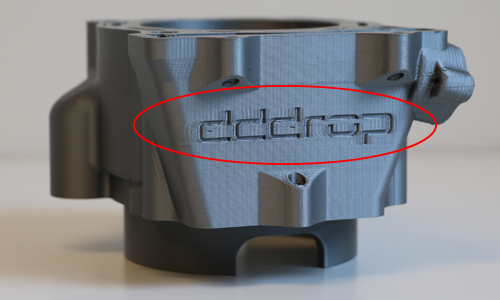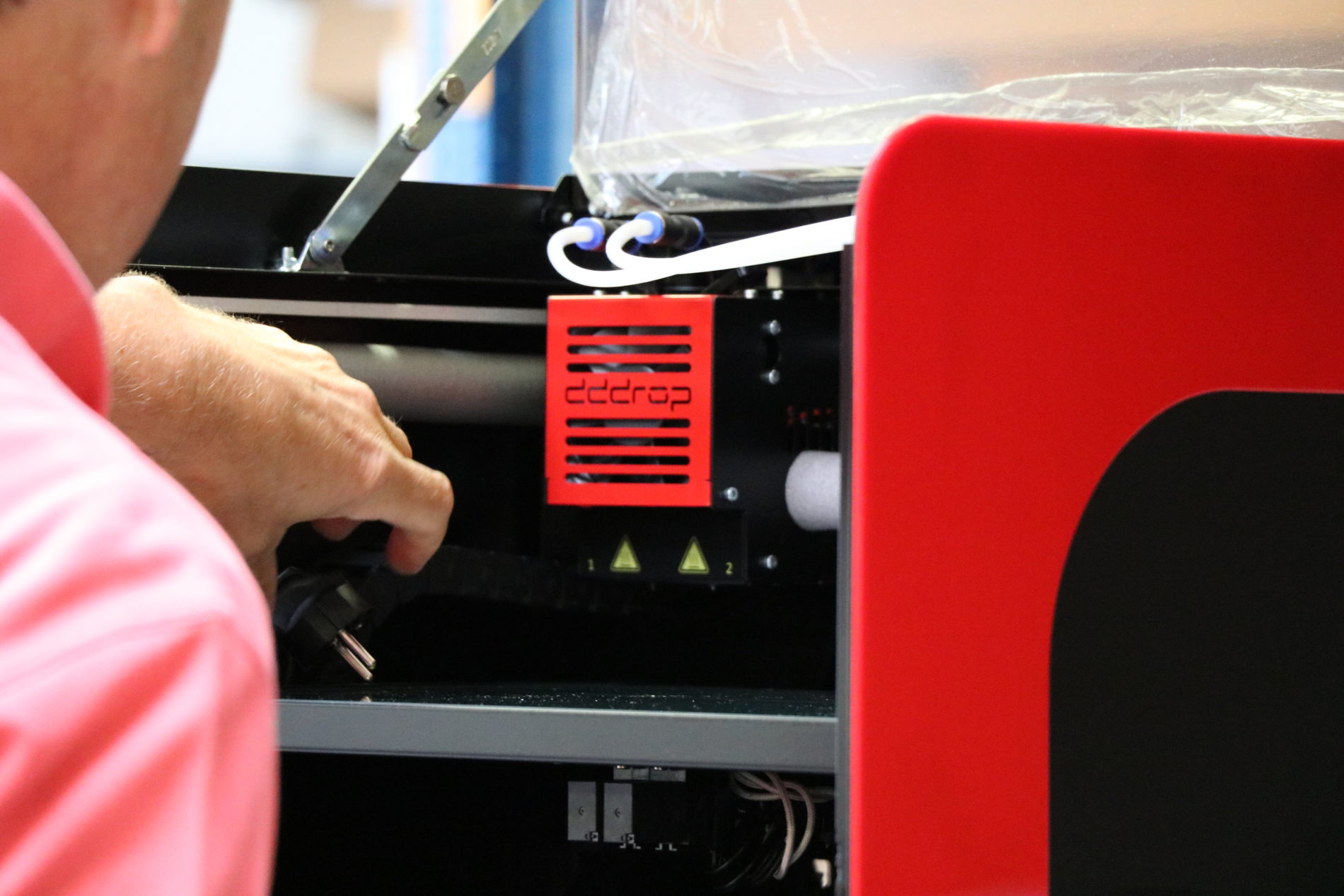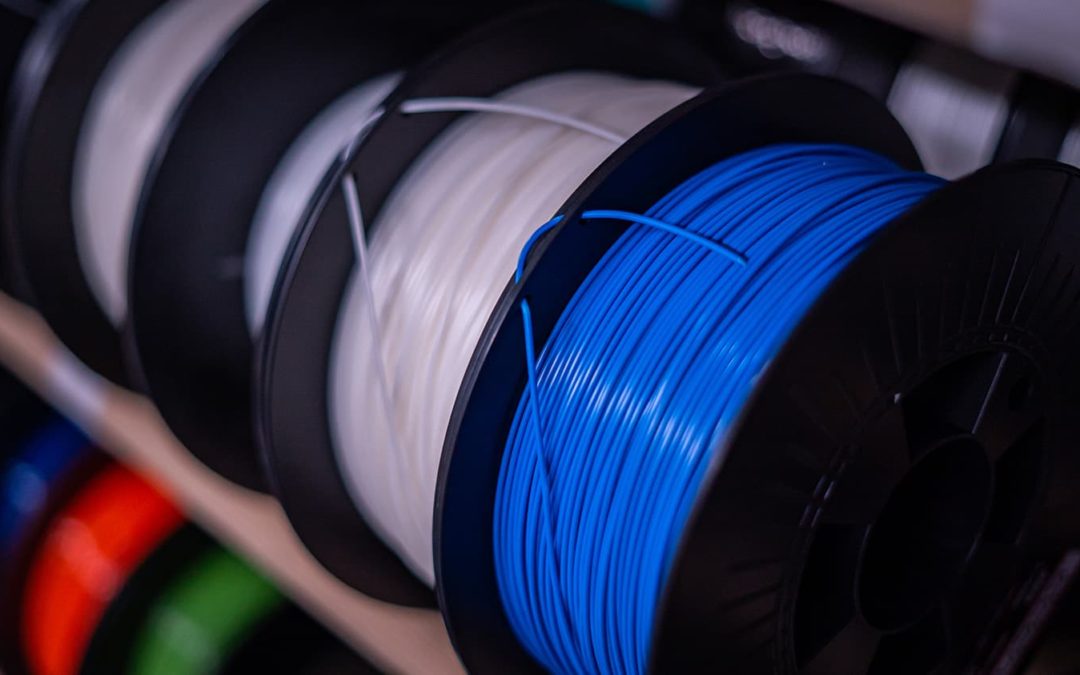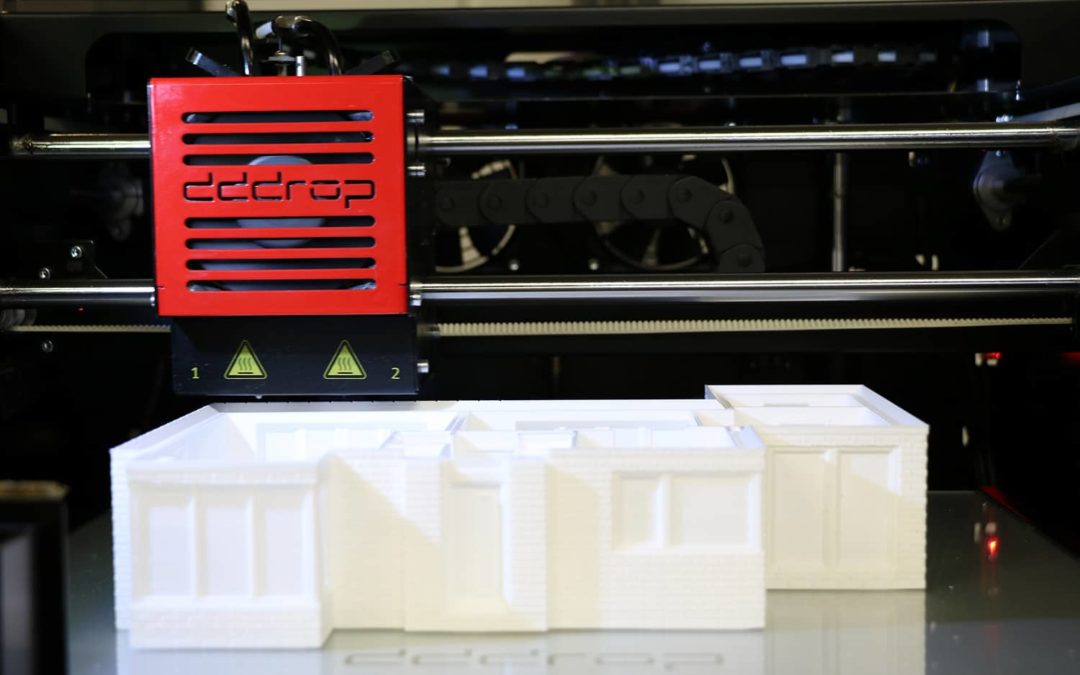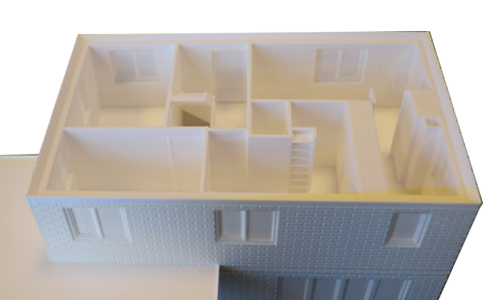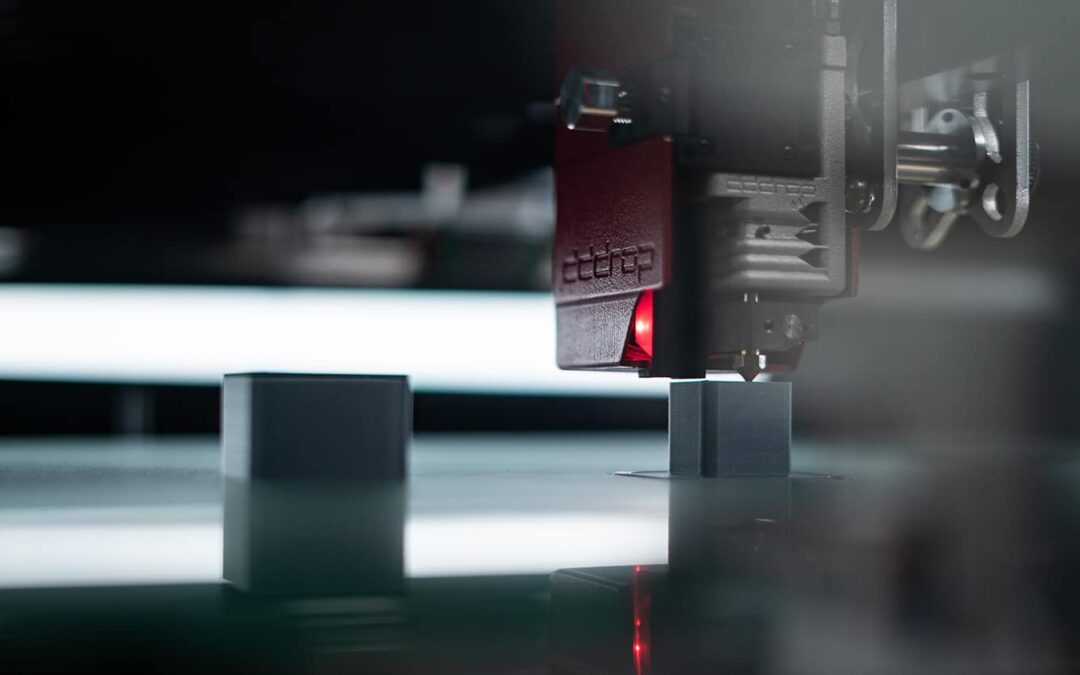
How to prevent 3D print ghosting
What is ‘ghosting’ and what can I do to prevent it?
The side of 3D printed models are made up of hundreds of different layers. When everything is working optimally, these layers appear to be one because of the smoothness of the surface. But when something goes wrong during the placement of the layers, it is clearly visible on the outside of the print. The incorrect layers are presented in the form of lines or ridges on the side of the model. This can have several causes and one of them is ghosting. In this blog we will explain why ghosting occurs and how it can be avoided.

